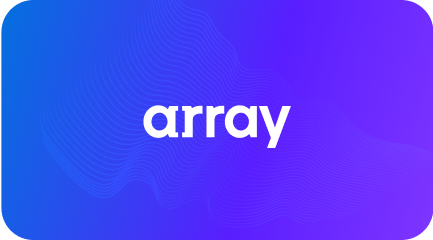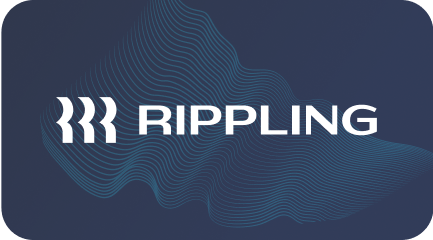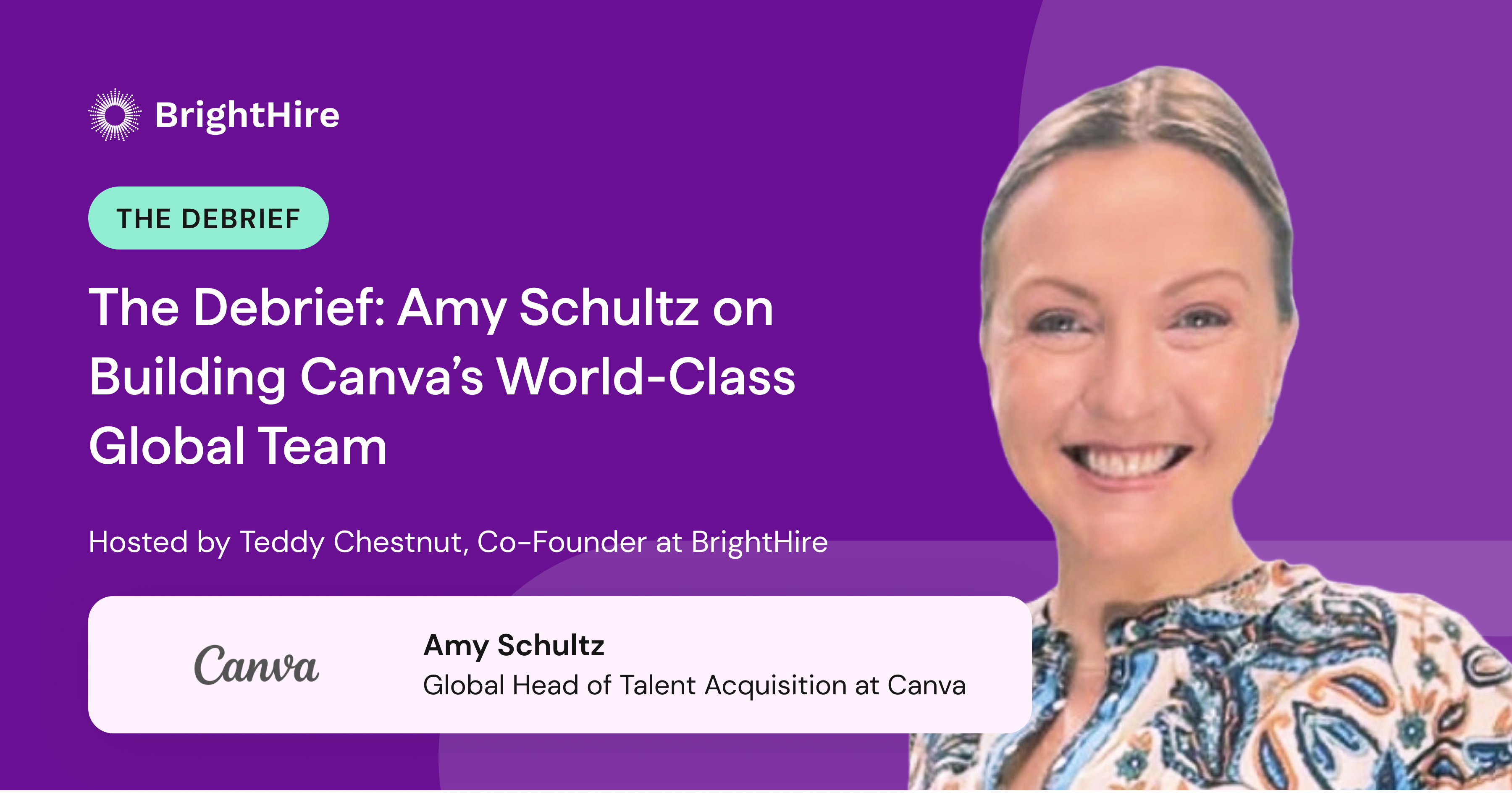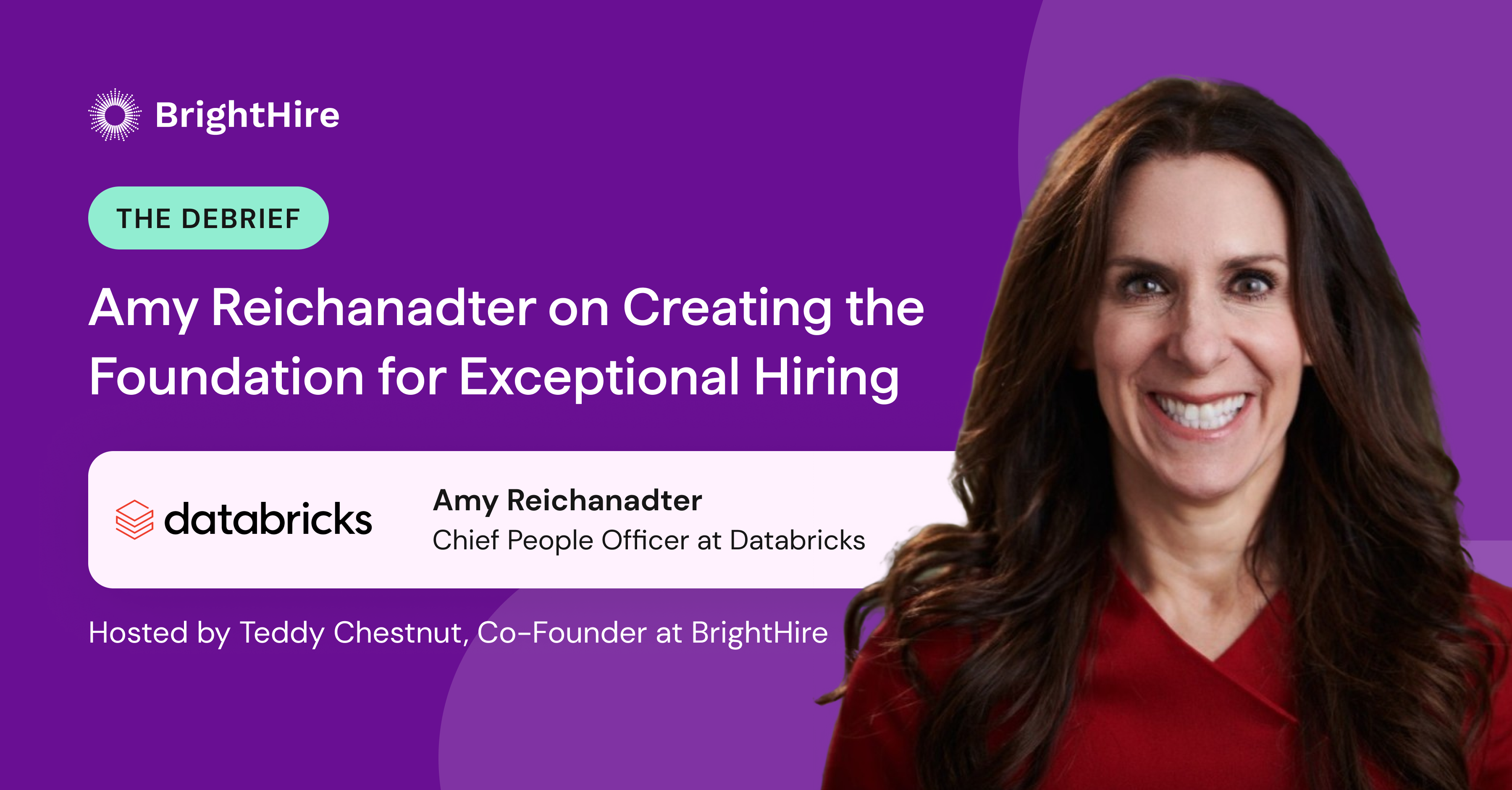Recruiters have a tough job. Although we’re well aware that hiring is a team sport and to do it well, hiring requires many more players outside of the recruiting team. Recruiters are often held solely accountable for making the right hires at the right time. That being said, recruiters are not solely responsible – we partner with hiring managers and interviewers to create what we hope will be an ideal candidate experience and a fair and unbiased assessment leading to a great hiring decision.
Recruiters typically play a large role at the beginning of the hiring process (finding and assessing qualified candidates) and at the end (closing those candidates and giving actionable feedback). The hiring managers and interview teams own most of the process that lies in the middle – the core assessment and selling of the role. This creates a blindspot for recruiters that is often filled with whatever data they can find and the insights they can derive from that data.
How to start diving into your in funnel data
To get the most accurate in funnel insights, your team will need the right combination of process, clean data, and analysis. It’s imperative for those three things to work in conjunction with one another to effectively remove the biggest recruiting blindspot – the interview process.
Clean data starts with a clean process. Danielle Belanger, the Director of Recruiting Operations at Toast, is fond of saying “Garbage in, garbage out” and it’s so crucially true.
For an in funnel view that you can use across your entire company, you’ll want to make sure that at a minimum, the following things are in place:
- A single point of truth for all of your candidate data (typically this is your ATS). This should be your database for all candidate interactions, interviews, and assessments.
- Consistent naming conventions. For example, if some roles are using “Face to Face” to denote the panel stage of an interview and other roles are using “In Person,” it will be harder to aggregate that data. Getting certain aspects of this right up front can avoid big headaches downstream when you go to analyze your dataset.
- Process and SLAs that compliment your data input and make it simple for your end users to comply. Whether it’s a recruiter or an interviewer, it’s important to create clear guidelines for when and where they will update data. For example, submit a scorecard within 3 hours of the interview.
In addition to those core steps, to get deeper insights, there are a few additional areas that are useful to telling the full story of in funnel data:
- Attributes and behavioral interview questions to back those attributes. Once you have these set and your company aligned on assessing based on the same set of attributes, you can start connecting the dots on quality of hire, internal mobility, and interview effectiveness.
- Rubrics, even at a high level, can help orient interviewers to what a good or bad answer looks like.
- Calibration on hire/no hire recommendation. What does this look like at your company and how is it decided? Ensuring every member of the interview process is aware is an important step.
4 datasets that show what’s happening in funnel
Once all that is in place, now it’s time to think about the data sets that you can look at to give you insights into what’s happening in your funnel.
- Passthrough Rates. This will tell you how many candidates make it to each stage, how many candidates it takes in each stage to make a hire for that specific role, and how you can easily identify problems like:
- Bias in the process
- An unnecessary interview stage
- A hiring manager who is putting too many candidates into the final stage
- Candidate Experience Survey. This will give you insight into the candidate’s process, and you’ll learn if the interviews are perceived as difficult or easy, if candidates leave your interview process wanting to work for your company, and if the team is moving fast enough.
- Scorecard Distribution by Interviewer. This will tell you if you have interviewers who are more lenient in their assessment than others. Looking at this in conjunction with time to submit scorecards and quality of hire is a powerful view into who your power interviewers could be.
- Time in Stage. When looking at time in stage across your entire organization and coupled with department or industry benchmarks, you can ensure your team is moving fast enough to close the right candidates.
Each of these datasets can be sliced and presented based on the specific question you’re trying to answer. Do you want to know how passive candidates performed in sales interviews? Cut this data by team and source of candidate.
I’ve found that context is hugely important here and comparing across teams, recruiters, locations, or with industry benchmarks you can get a lot of powerful information about your interview process.
Get deeper visibility into your hiring data
The beauty of BrightHire is that it will help you fill in the gaps by giving you additional insights into what’s happening in the actual interview room.
Through BrightHire, you can get interview data that allows you to:
- Monitor interview consistency to surface meaningful variations in how interviewers are running the same interview.
- Track interviewer load and capacity to avoid interviewer fatigue.
- Spot opportunities for interviewer coaching, like giving candidates appropriate time to talk and encouraging healthy interaction.
- Encourage fair interviews by evaluating if the way they’re conducted varies significantly by gender.
- Ensure a great candidate experience by tracking on-time starts, key topics, and questions asked in interviews.
About Amy Wood

Amy has been in the recruiting space for the past 15 years, and spent the majority of that time leading various Recruiting, Operations, and Technology teams at HubSpot and Gem. Currently, she leads the People and Talent Technology and Operations team at Apollo. She is passionate about data, process, and automation in all of her day to day work.









